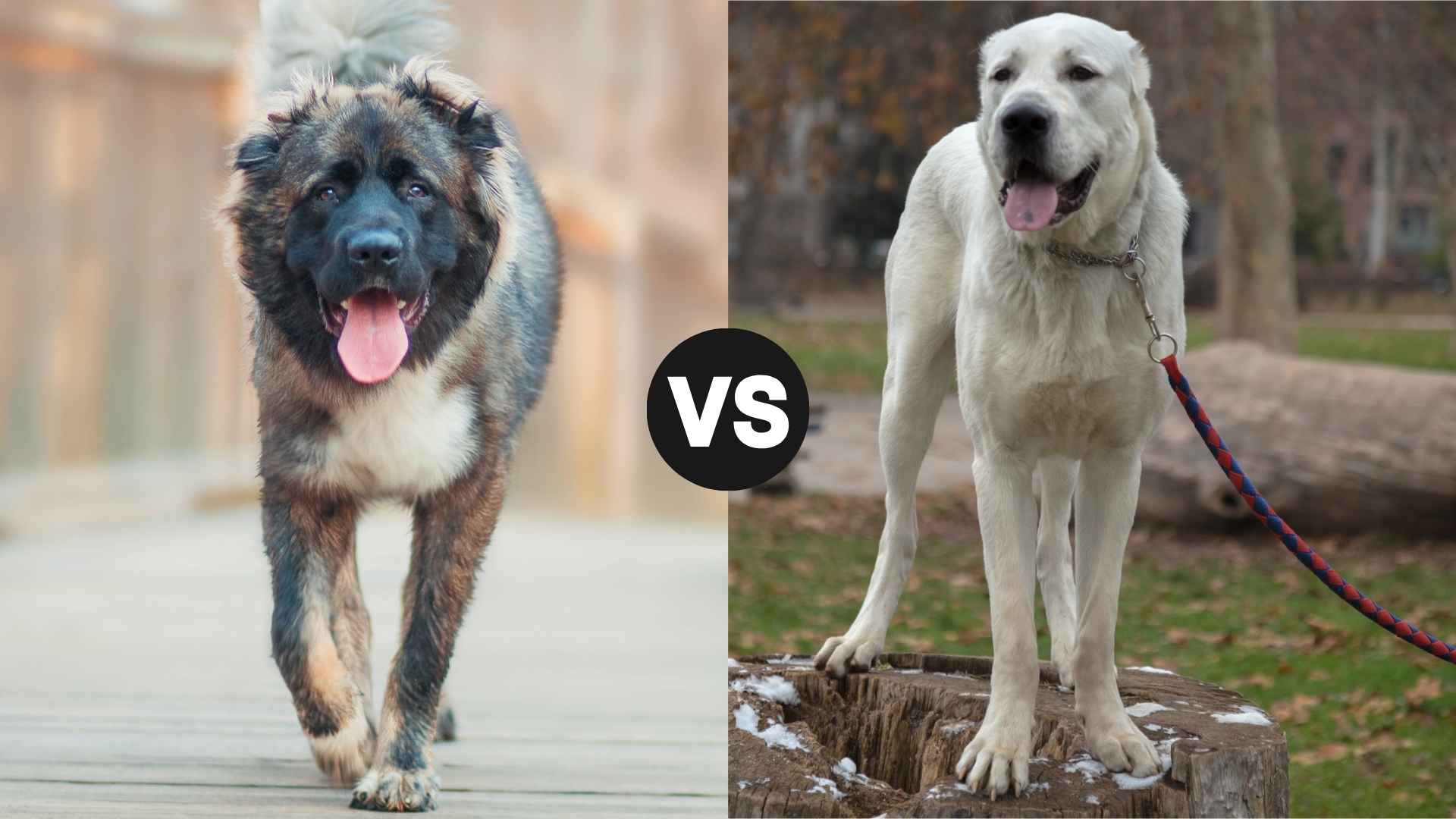If dogs had warrior titles, the Caucasian Ovcharka and Central Asian Shepherd would be full-on legends—mighty, stoic, and loyal to the bone. These aren’t your typical neighborhood pups. Born in the rugged wilderness of the Caucasus and Central Asia, these breeds were forged in harsh conditions to fend off predators, guard livestock, and patrol property like it were personal.
Massive in size and equally imposing in presence, both breeds have become go-to choices for those needing serious canine security. But which ancient guardian is better suited to your modern life? The Ovcharka, with its bear-like bulk and fierce protectiveness? Or the Central Asian Shepherd, known for its independence, endurance, and calm leadership?
This comparison dives deep into their origins, temperaments, care needs, and suitability for different environments, because choosing one of these dogs isn’t a casual decision. It’s about understanding what it means to share your life with a living fortress.
So if you’re wondering whether your ideal companion is a majestic floof with a bite—or a noble protector with quiet strength—read on. The battle of the giants is just getting started.
Caucasian Ovcharka vs. Central Asian Shepherd
Appearance and Physical Features
Caucasian Ovcharka:
Hailing from the rugged Caucasus Mountains, the Caucasian Ovcharka or Caucasian Shepherd Dog has been guarding livestock and property for centuries, possibly over 2,000 years. These dogs were bred by shepherds to protect flocks from wolves, bears, and human intruders. As per Wikipedia, over time, they’ve become a symbol of unshakable protection across Russia, Georgia, and Armenia.
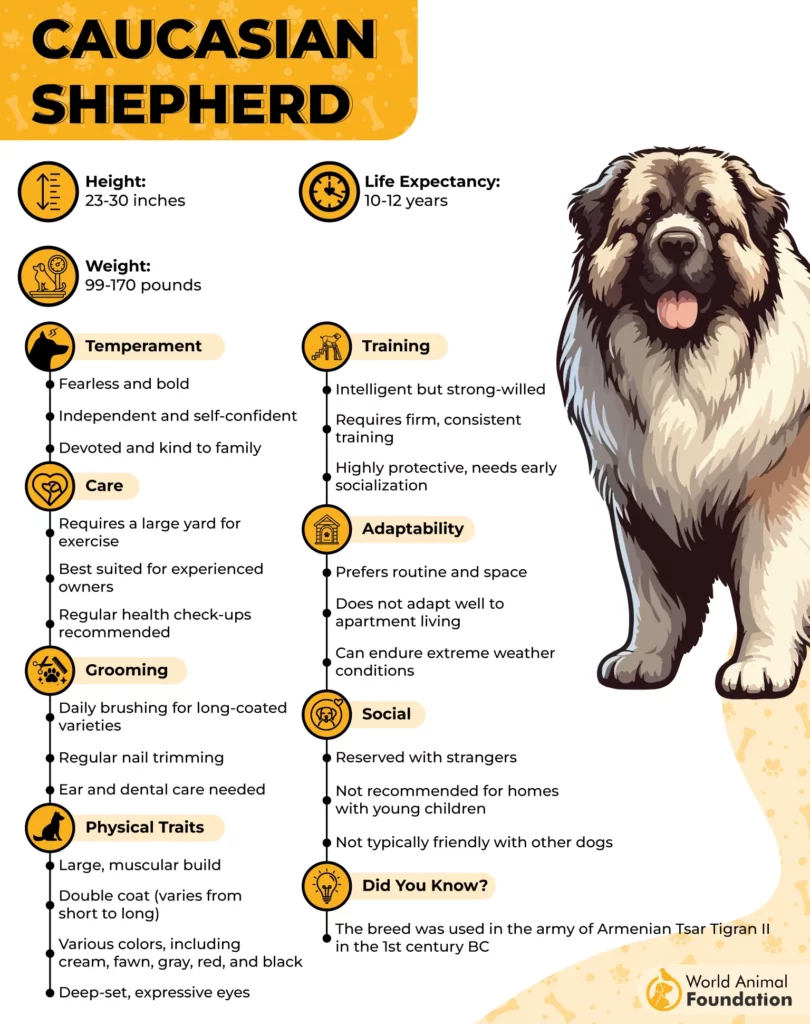
Caucasian Shepherd is like a bear in disguise—with a mane to match. Massive, intimidating, and wrapped in a luxurious fur coat that screams, “I eat snowstorms for breakfast.”
Height: 25–30 inches
Weight: 99–170 lbs, sometimes more
Build: Broad, muscular, and heavily boned—built for brute strength
Coat: Long, thick, double coat with a lion-like mane, especially around the neck
Colors: Gray, fawn, brindle, white, tan, and even patches—nature’s camouflage palette
Head: Giant, with a powerful jaw and a stare that says, “You sure you want to come in?”
Basically, if a polar bear decided to join a medieval knight’s army, it’d be a Caucasian Ovcharka.
Central Asian Shepherd:
With a history that spans more than 4,000 years, the Central Asian Shepherd Dog is one of the oldest guardian breeds in the world. Originating across vast territories like Kazakhstan, Turkmenistan, Uzbekistan, and surrounding regions, the Alabai was bred to protect nomadic tribes’ herds from predators and thieves.
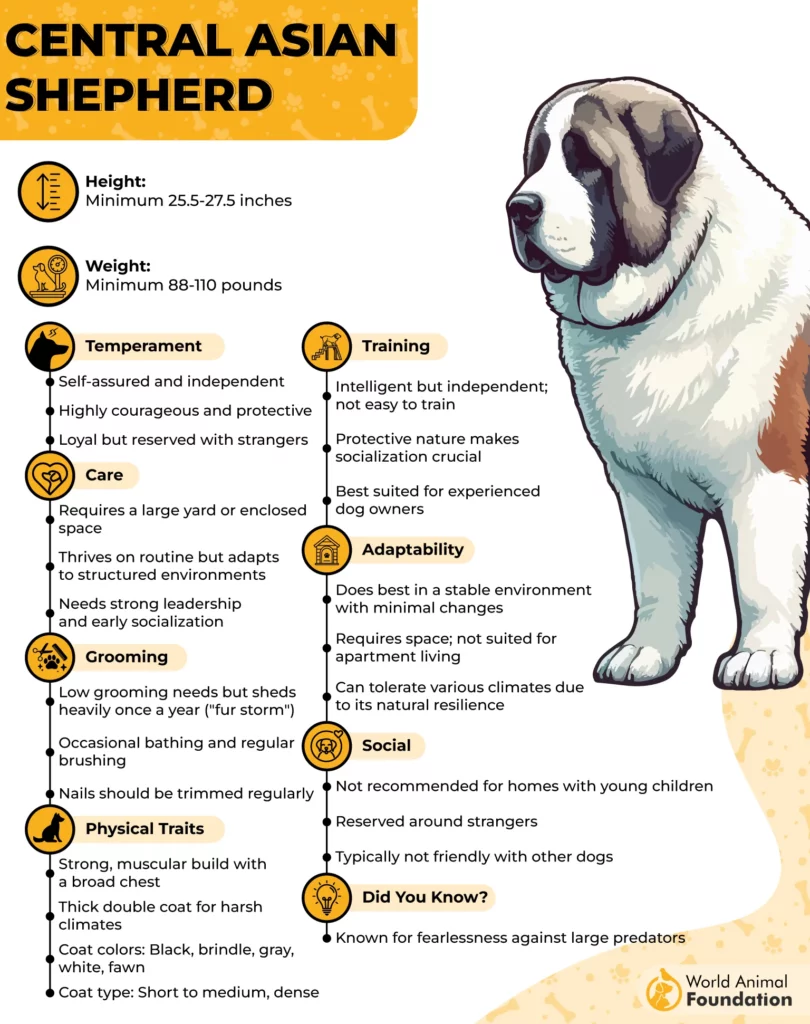
Slightly less fluffy but no less formidable, the Central Asian Shepherd is the strong, silent type. They may not wear the same fur coat, but their sheer presence makes it clear they mean business.
Height: 24–32 inches
Weight: 88–170 lbs
Build: Strong, athletic, with a thick neck and a solid, rectangular frame
Coat: Short to medium-length coat, weather-resistant, and much lower maintenance than the Ovcharka
Colors: White, black, brindle, gray, fawn, and everything in between
Head: Massive skull, powerful jaws, and a serious “don’t test me” expression
Imagine a bodyguard in a tailored suit who grew up in the wilderness—that’s the Alabai.
Behavioral Traits and Temperament
When it comes to personality, both the Caucasian Ovcharka and the Central Asian Shepherd are more “executive protector” than “playful pup.” These large dogs weren’t bred to fetch balls—they were bred to make predators think twice.
Caucasian Ovcharka:
✅ Incredibly loyal to their family—once you’re in, you’re in for life
✅ Naturally suspicious of strangers; they don’t give trust away
✅ Highly territorial and protective nature—ideal for rural or large property guardianship
✅ Confident, stubborn, and sometimes bossy if not properly trained
✅ Not a fan of change or unfamiliar visitors unless properly introduced
Central Asian Shepherd:

✅ Calm, observant, and independent nature—always watching, rarely reacting without reason
✅ Very loyal but not overly affectionate—thinks before it acts
✅ Central Asian Shepherd Dogs aren’t clingy, yet they’re not distant either—they thrive when they’re close to their owner’s side, as noted by PetMD.
✅ Inherently protective instincts and territorial, but slightly more tolerant of strangers than the Ovcharka
✅ Confident, quiet, and less reactive—tends to assess before jumping into action
✅ Gets along better with other animals when socialized early.
✅ According to AKC, they aren’t suitable for people who are new to owning dogs.
Training Methods and Social Skills
You don’t “train” these dogs in the traditional sense—you negotiate, lead, and earn their respect. Training is about building a bond and proving you’re worthy of their cooperation.
Caucasian Ovcharka:
Training Style: Needs strong, calm leadership—not force or harshness
What Works:
Proper socialization is critical—introduce to new people, dogs, and environments
Positive reinforcement paired with clear boundaries
Obedience training should start young—the older they get, the more they resist change
Challenges:
Highly independent and stubborn—if they don’t respect you, they’ll ignore you
Doesn’t do well in urban environments or with inconsistent handlers
Central Asian Shepherd:
Training Style: Responds well to firm but respectful guidance
What Works:
Start socialization early, especially with children and other pets
Keep sessions short and focused—they’re smart but not eager to entertain
Needs a clear job or routine—it thrives with purpose
Challenges:
Will test boundaries if not raised with the structure
May ignore commands if it sees no “logical” reason
Grooming and Daily Care Needs
Despite their rugged origins, both the Caucasian Ovcharka and Central Asian Shepherd require consistent grooming and care to stay happy and healthy. Their coats and size mean they’re not exactly “low maintenance,” but with the right routine, they’ll keep shedding less fur on your couch and more confidence in your home.
Caucasian Ovcharka:
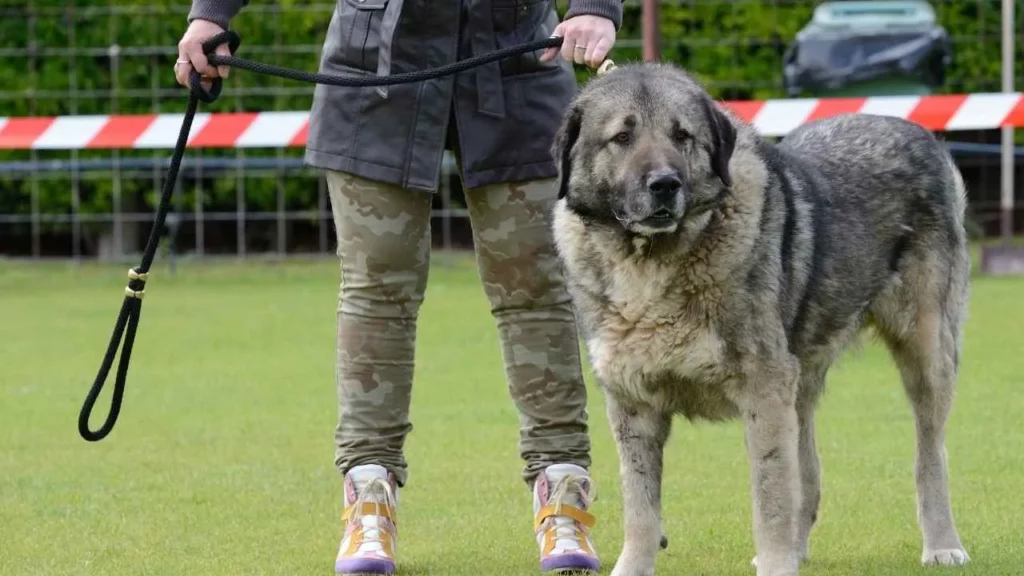
Coat Care:
Thick double coat with a heavy mane needs regular brushing, especially during shedding seasons (spring & fall)
Aim for 2–3 brushing sessions per week to prevent mats and tangles
Occasional baths (every few months or when extra dirty)
Daily Care:
Check ears for infections—those floppy ears can trap moisture
Trim nails regularly (every 3–4 weeks)
Dental hygiene is important—brush those teeth or offer dental chews
Exercise Needs:
Moderate regular exercise—think long walks and mental stimulation, not sprint marathons
This dog loves the outdoors, but you’ll want to keep grooming tools handy.
Central Asian Shepherd:
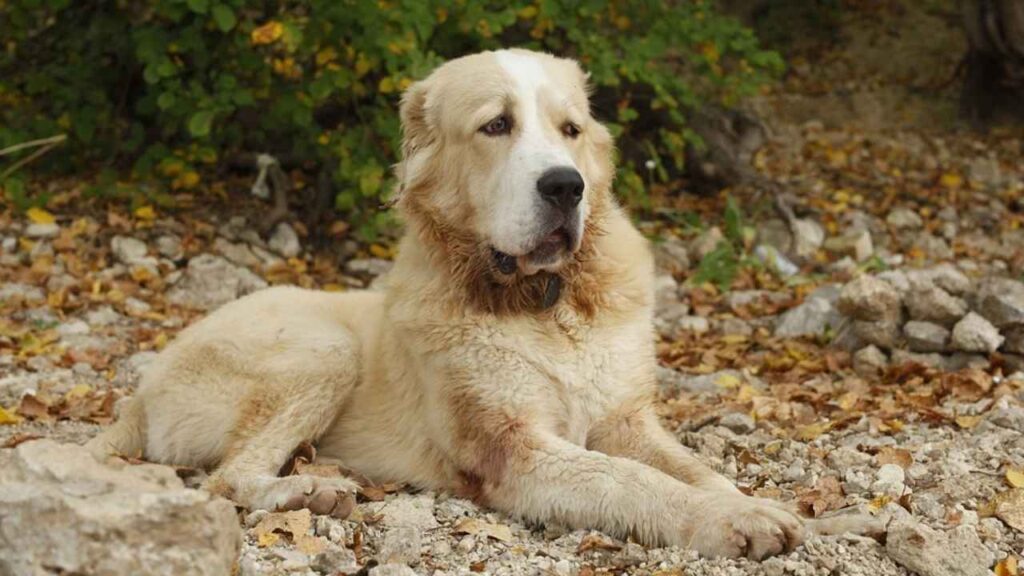
Coat Care:
Short to medium coat is easier to manage, but still sheds—weekly brushing does the trick
Seasonal shedding can be heavy, more frequent brushing during those times
Baths only when necessary (overbathing can strip natural oils)
Daily Care:
Regular ear checks and cleaning to prevent infections
Nail trims every few weeks
Keep up with dental care—important for overall health
Exercise Needs:
Needs daily moderate exercise, plus room to roam safely in a secure yard
Alabai grooming is quick but consistent care keeps them looking sharp.
Typical Health Issues
These powerful giants may look like they eat problems for breakfast, but under all that fluff and muscle, they’re still dogs, with health vulnerabilities like any other breed. Early health screening, proper nutrition, and preventive care are key to keeping them in top shape.
Caucasian Ovcharka:
Despite being a rugged mountain dog, the Caucasian Ovcharka isn’t invincible. Here are a few issues they’re more prone to:
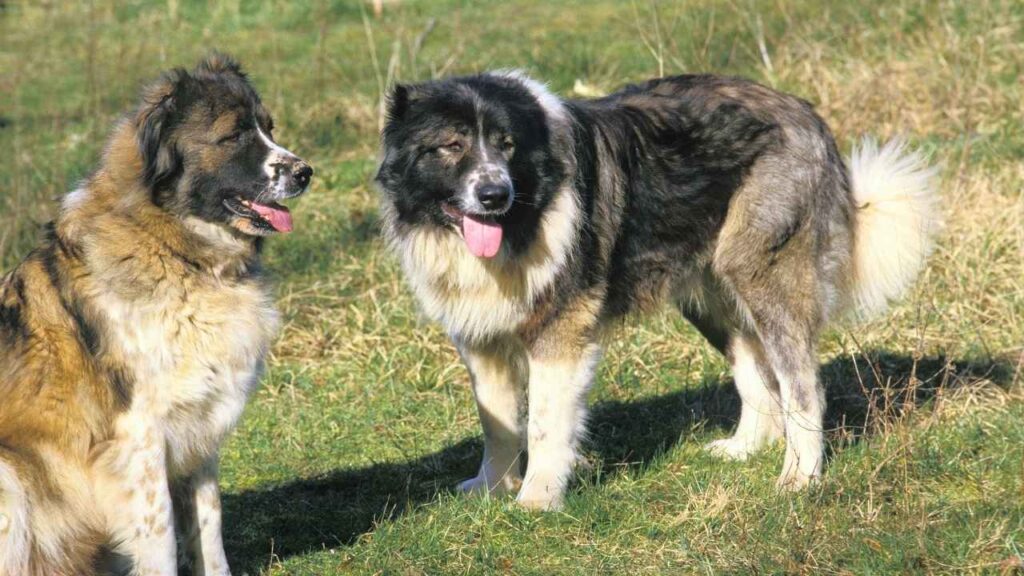
Hip Dysplasia
Elbow Dysplasia
Obesity
Bloat (Gastric Dilatation-Volvulus)
Heart Disease
Skin Issues
Central Asian Shepherd:
Built tough by nature and not overbred like some modern dogs, the Alabai is generally healthier, but still has its own red flags:
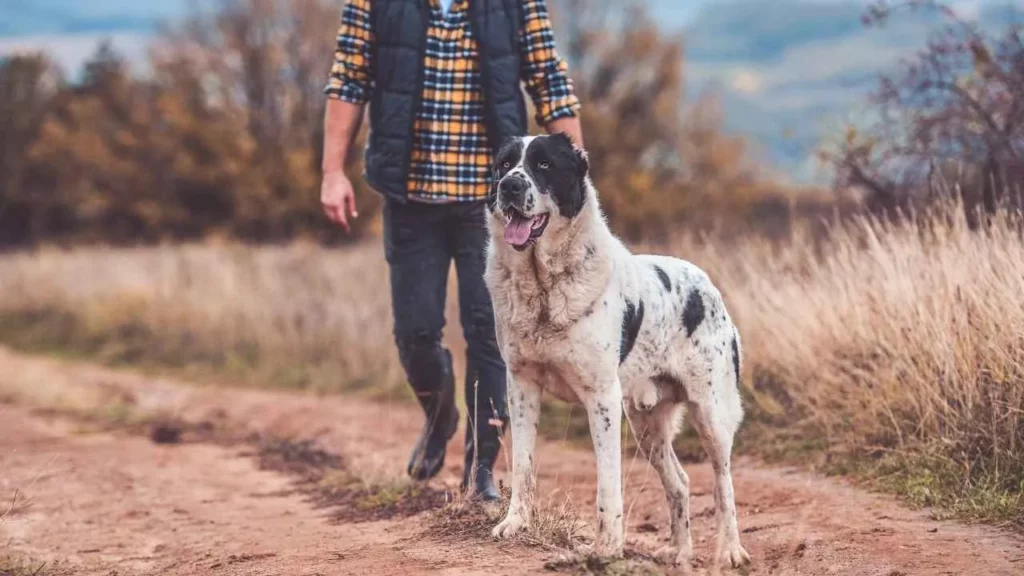
Hip & Elbow Dysplasia
Bloat
Joint Issues with Age
Parasite Sensitivity (in some regions)
Genetic Eye Conditions (less common)
Pro Tips for Prevention:
✅ Get pups from reputable breeders who screen for hip/elbow issues
✅ Feed large-breed formulas to support slow, even growth
✅ Schedule regular vet checkups, even if they act tough
✅ Keep them lean and active, not bulky and bored
✅ And yes, grooming = health when you have this much fur
Dietary Needs and Nutrition
Both these breeds are massive, muscular, and naturally active, so their diet isn’t just about keeping them full; it’s about supporting joints, muscle mass, energy levels, and preventing excess weight that could lead to health issues.
Caucasian Ovcharka:
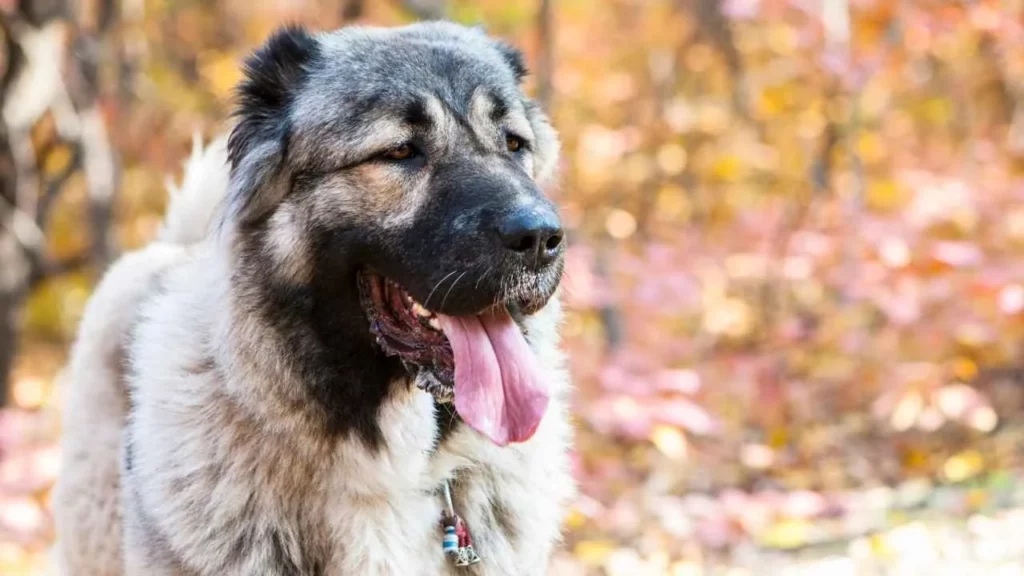
Caloric Intake: 2,000–2,500 calories per day (depending on age, weight, and activity level)
Protein-Rich Diet: Needs high-quality protein (beef, lamb, chicken, fish) to support muscle mass
Fat Balance: Healthy fats (fish oil, chicken fat) for coat health and sustained energy
Joint Support: Include glucosamine & chondroitin (often found in large-breed formulas)
Feeding Tips:
2 meals per day to reduce bloat risk
Avoid high-carb or filler-heavy kibble
Supplement with raw bones or occasional cooked veggies for variety
Pro tip: Avoid overfeeding. A fat Ovcharka is a couch that breathes.
Central Asian Shepherd:
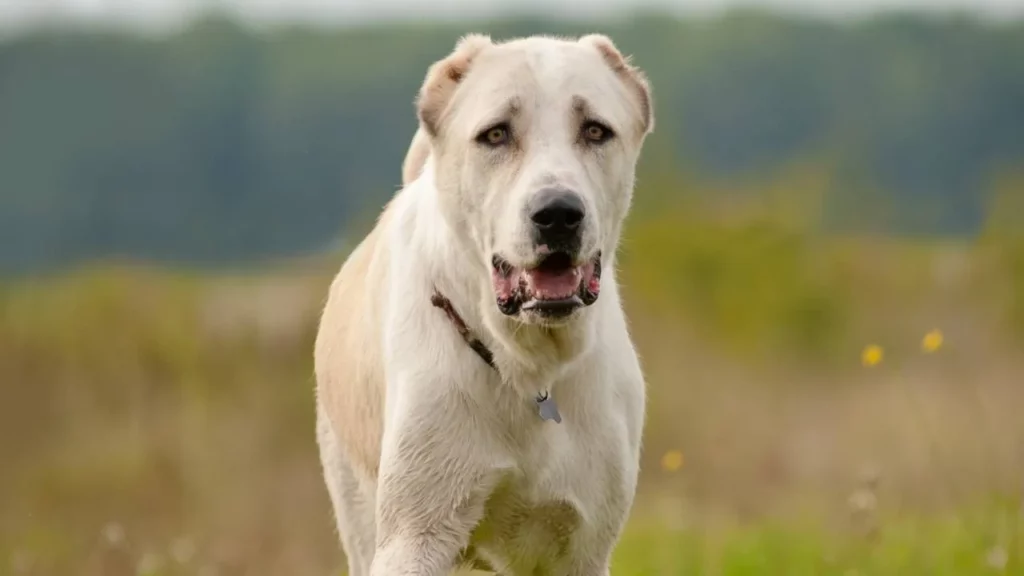
Caloric Intake: 1,800–2,200 calories per day (depending on work level)
Protein Needs: Slightly lower than Ovcharka but still protein-focused; they’re leaner but tough
Natural Efficiency: Bred to survive on sparse steppe diets, they do better on quality over quantity
Digestive Simplicity: Raw diets or grain-free kibble with added joint support are ideal
Feeding Tips:
Keep meals consistent—these dogs don’t like change
Introduce any new food gradually to avoid stomach upset
Always provide fresh water—they dehydrate faster in warmer climates
Alabai ancestors didn’t have gourmet chefs. Keep it clean, lean, and purposeful.
Ideal Living Environment and Lifestyle Fit
Both of these breeds were bred to live outdoors, watch over flocks, and think independently. They don’t do well cooped up or under-stimulated—they need ample space, a job, and a confident handler. Urban apartments? Not unless you’re raising a mountain lion in a shoebox.
Caucasian Ovcharka:
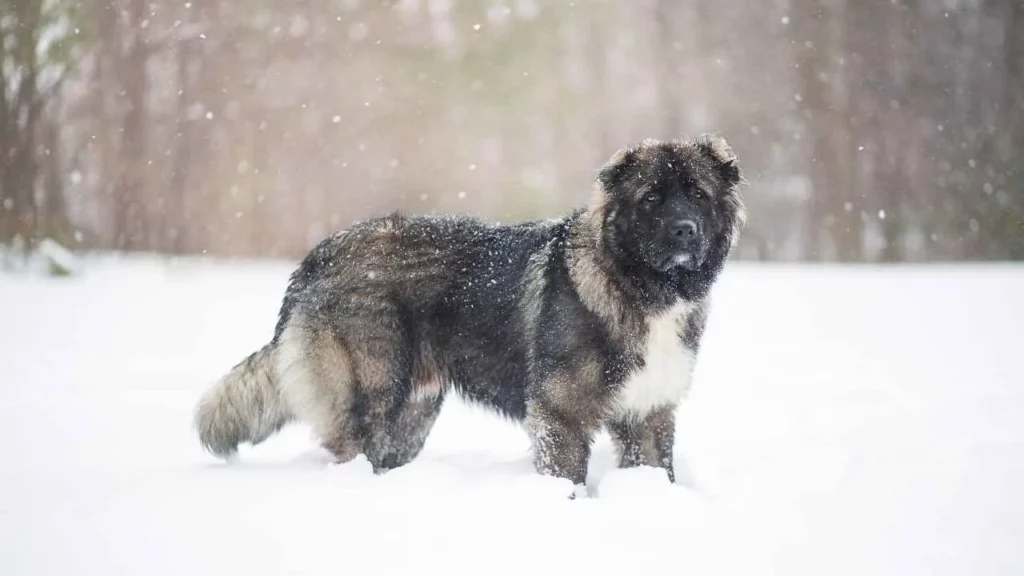
Best For: Rural homes, farms, or large properties
Living Space: Needs a large, securely fenced yard (minimum 6-foot fence)
Climate Tolerance: Excellent in cold; overheats in hot, humid climates
Family Fit: Protective of family, great with kids (if raised with them), but aloof with strangers
Indoor Time: Prefers outdoor living or a mix of both—not ideal as an indoor-only dog
Stimulation: Needs mental challenges—training sessions, patrol routines, or guarding duties
Central Asian Shepherd:
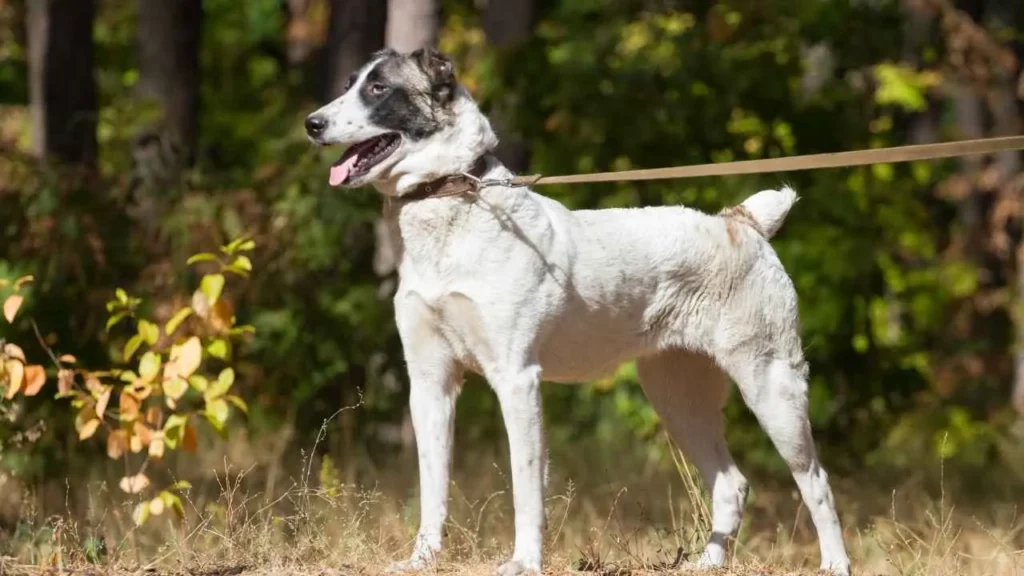
Best For: Semi-rural areas, ranches, or large fenced yards
Living Space: More adaptable than Ovcharka, but still needs plenty of room
Climate Tolerance: Hardy in both hot and cold climates due to genetic diversity
Family Fit: Loyal but reserved; may be more tolerant of strangers than Ovcharka if socialized
Indoor Time: Can be indoors calmly for periods, but still needs yard time
Stimulation: Enjoys independence, but thrives with structured purpose (guardian work, patrolling, etc.)
Conclusion
Both the Central Asian Ovcharka and Central Asian Shepherd are large, intelligent guard dogs with a long history as estate guardians, known for their natural guarding instincts and alert nature. Essential for protecting livestock, these breeds require early socialization and proper training from a young age to manage potential dog fights and prevent destructive behavior.
First-time dog owners must understand that many large breeds have their specific needs—including daily exercise, leash control, and regular vet check-ups—to ensure a healthy life and well-adjusted adult dogs. While sometimes dog aggressive, with proper care and preventing boredom, these powerful breeds can coexist peacefully with other dogs if introduced carefully, even when keeping two dogs. Overall, both breeds demand commitment but reward owners with loyal, protective companions.


